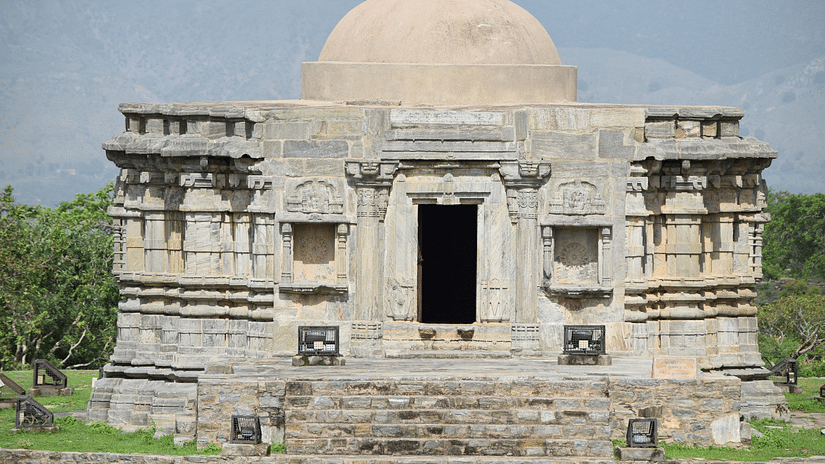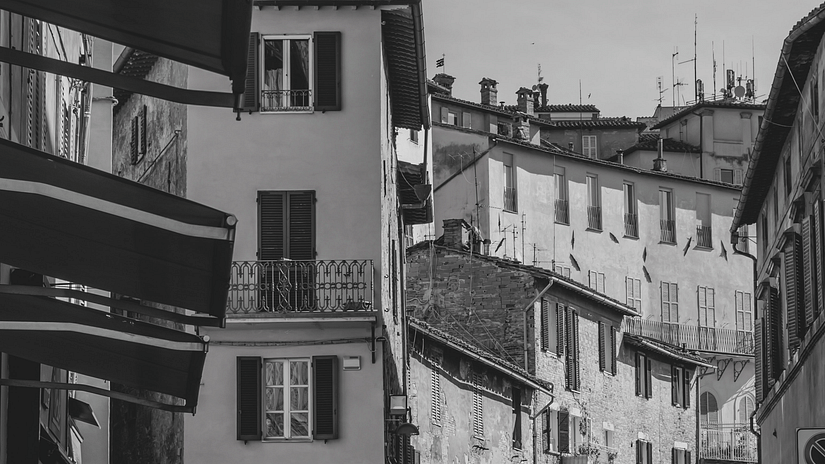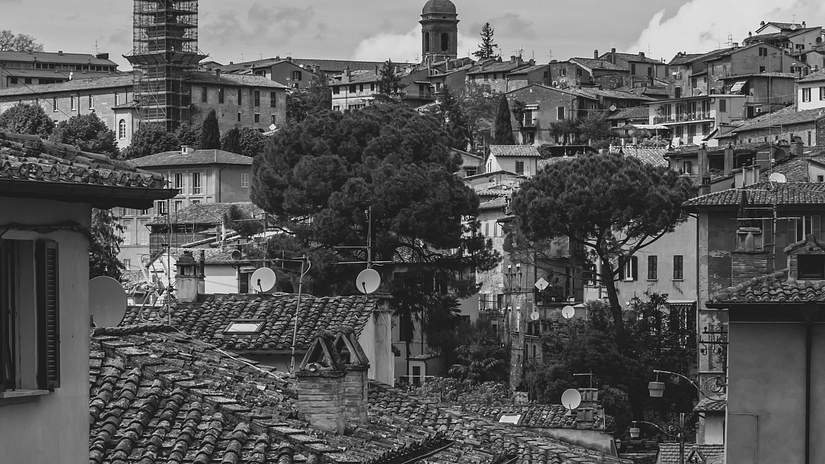- Weekend Trip in Chennai
- FIH Junior Hockey World Cup 2025, Chennai
- Chennai Handicrafts Guide: Explore the Famous Wooden & Traditional Crafts of the City
- Places to Visit near Marina Beach
- Restaurant in Chennai for Families & Food Lovers
- Trip to Chennai from Bangalore
- Kalaignar Centenary Park, Chennai
- Pongal Celebration in Chennai, Tamil Nadu
- Guindy Snake Park
- Adventure Sports in Chennai
- Water Sports in Chennai
- Tourist Places in Chennai
- Business Events in Chennai
- Best Time to Visit Chennai
- Offbeat Places in Chennai
- Nightlife in Chennai
- Architecture of Chennai
- Famous Churches in Chennai
- Best Street Shopping in Chennai
- Festivals of Chennai
- History of Chennai
- Textile in Chennai
- Top Industries in Chennai
- Hidden Gems in Chennai
- Chennai to Mahabalipuram
- World Cup Cricket Matches in Chennai 2023
- Famous Handicrafts of Chennai
- Pre-wedding Photoshoot Places in Chennai
- Chennai to Pondicherry Road Trip
- How to Pack for a Business Trip
- Best Museums in Chennai
- Old Madras - History of Chennai
- Temple Jewellery in Chennai
- The Magnificent Kapaleeshwarar Temple, Chennai
- Upcoming Conferences in Chennai
- Must-try Street Foods in Chennai
- Culture of Chennai
- An Exciting New Year Celebration in Chennai
- Madras Music Season
- Family Hotel In Chennai
- Chennai 2 Days Tour Itinerary
- Wedding Shopping in Chennai
- Medical Tourism in Chennai
- A Closer Look at the Old Temples of Chennai
- The Booming IT Sector in Chennai
- Beaches to Visit in Chennai
- Explore Marina Beach
- Tips for Business Travellers Visiting Chennai in Summer
Chennai, formerly known as Madras, is a metropolis situated on the Coromandel Coast of India which has a rich and vibrant past that dates back centuries. In this blog, we will uncover the stories of early settlements, colonial influences, and the cultural heritage that has shaped Chennai into the bustling metropolis it is today. From exploring the historical landmarks to the tales of dynasties and trade, and unravelling the fascinating tapestry of Old Madras. From its humble beginnings to its transformation into a thriving cosmopolitan city, Chennai's history is a testament to the resilience and cultural diversity of this remarkable place. So, let us embark on the exploration of the history and evolution of Old Madras into the Chennai that we know and love today.


History of Madras
Centuries ago, the city we now know as Chennai was nothing but a humble fishing village nestled along the Coromandel Coast. Its history can be traced back to the 1st century CE when it served as an important trading port under the Pallava dynasty. In the 17th century, the British East India Company established a fortified trading post here, which marked the birth of Madras. During British rule, Madras Presidency was designated the administrative capital of the region. The city flourished, witnessing the construction of notable landmarks such as the iconic High Court building and Marina Beach, one of the longest urban beaches in the world.
The Eras of Chennai
Madras Presidency: During British Rule, Madras was designated to be the capital of the Madras Presidency, and encompassed a vast region of present-day Tamil Nadu, Andhra Pradesh, and parts of Kerala and Karnataka. As the capital city, it witnessed the construction of grand public buildings, including the Madras High Court and the Ripon Building, which served as the seat of administration.
Independence and Post-Independence: Madras played a crucial role during India's struggle for independence, with demonstrations and protests and a surge in nationalist sentiments. after independence, Madras became the capital of Madras state, and grew rapidly with industrialisation, urban growth and infrastructural development, transforming into an economic and cultural hub.


Ancient Period: The ancient roots of Madras can be traced back to the 1st century CE, when it was a flourishing trading port under the rule of the Pallava dynasty. During this time, it witnessed the construction of the famous temples of the Dravidian style. Several of the famous temples today were made during this period.
Colonial Era: The arrival of the British East India Company in the 17th century marked the beginning of Madras as a colonial settlement The British established Fort St. George and the city of Madras grew around it, with the British influence shaping the city's urban planning, giving rise to many of the distinctive architectural landmarks that still stand today.
Modern Chennai
In 1996, the city's name was changed to Chennai, reflecting its historical Tamil roots. Modern Chennai is a vibrant metropolis known for its thriving IT industry, educational institutions and cultural diversity. The IT and software sector here has witnessed massive growth, making the city a preferred IT destination. Healthcare is also thriving, with world-class medical institutions offering advanced healthcare services to patients from across the country. Chennai's lifestyle reflects a beautiful blend of tradition and modernity. The culinary scene here offers an amazing mix of flavours and dishes. The well-developed road infrastructure also ensures easy transport within the city and to neighbouring regions.

Today, Chennai boasts a rare combination of industrial and technological advancement combined with traditional lifestyles and culture which reflects its history. In its journey from a trading port to its current status as a thriving metropolis and an economic powerhouse with bustling IT and medical sectors, this evolution bears testament to the city's resilience, adaptability and commitment to preserving its heritage. The city's industrial and technological advancements have not eclipsed its traditional values. The conscious and active efforts to preserve its historical landmarks and promote sustainable development have enhanced its identity as a place where tradition and progress can coexist beautifully. As a result, the vibrant streets of Chennai offer a magnificent sight to behold, with a blend of ancient temples, colonial-era architecture and modern high rises.
With all this in mind, what better place to stay while exploring this amazing city than a hotel that matches this balance of contemporary design with a premium feel and excellent ease of transport due to its strategic location? Raj Park Chennai offers itself to you as the best place to stay for a great time during your exploration of the city in all its beauty. Within walking distance to many of Chennai's popular tourist attractions such as temples and the Marina beach, this 4-star luxury hotel will be your home away from home while you explore. If you're looking for a great time, this hotel is sure to reflect the richness of the city's heritage and the warmth and hospitality that its people have to offer.
With all this in mind, what better place to stay while exploring this amazing city than a hotel that matches this balance of contemporary design with a premium feel and excellent ease of transport due to its strategic location? Raj Park Chennai offers itself to you as the best place to stay for a great time during your exploration of the city in all its beauty. Within walking distance to many of Chennai's popular tourist attractions such as temples and the Marina beach, this 4-star luxury hotel will be your home away from home while you explore. If you're looking for a great time, this hotel is sure to reflect the richness of the city's heritage and the warmth and hospitality that its people have to offer.